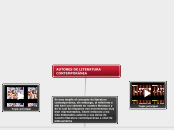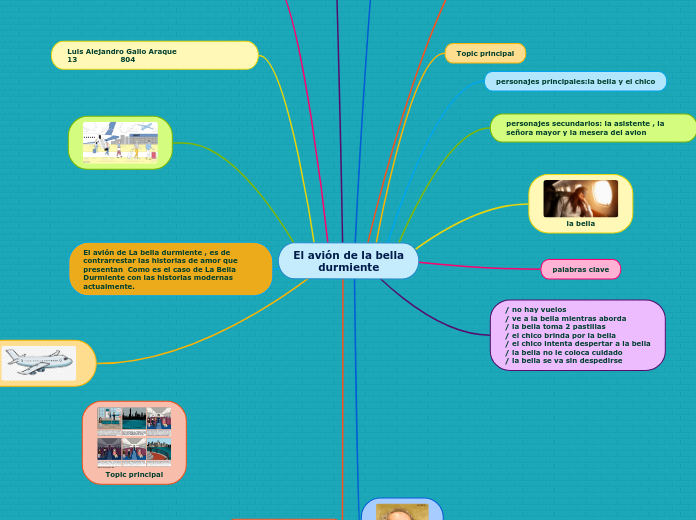SIGLO DE ORO
To name your story, you have to think about the overall message and what you want your audience to understand from the story. Also, make it relevant and easy to remember.
Máximo representante
Garcilazo de la vega ''Petrarca español''
Temas
Locus ameonus
Beatus Ille
Carpe diem
El amor no correspondido
El amor
Obra
Su obra se reduce a tres eglogas ( composiciones pastoriles), dos elegias, una epistola, cinco canciones y treinta y ocho sonetos.
Pertenece a la escuela italiana
las estrofas italianas que utilizo Garcilazo fueron
Lira
Terceto
Octava real u octava rima
Soneto
Division de la Edad de Oro
Periodo de decadencia: reinado de Felipe IV
En este periodo tanto la prosa como el verso se retuercen en los movimientos culteranista y conceptista de las obras de Gongora y Quevedo.
Periodo de apogeo: reinados de Felipe II y Felipe III
La prosa reluce magnificamente con Cervantes y el teatro con Lope de Vega
Periodo inicial: Hasta el fin del reinado de Carlos I
La poesia alcanza su maximo esplendor y expansion (Garcilazo de la Vega y fray Luis de Leon
Características
The ending of a story is essential. We all know that if the ending is weak, what happened before loses its importance. So make it unpredictable, but fair. A resolved ending answers all the questions and ties up any loose threads from the plot.
Los poetas cantan al amor humano, a la naturaleza y tambien tratan temas filosoficos y politicos.
El centro de preocupacion es el Hombre
Influencia de los humanistas.
Imitacion de los escritores de la Antiguedad
This is the closure section of the story.
See examples of possible outcomes below:
- all problems have been solved
- it's clear how each one of your characters ends up
- your main character is transformed by the challenge
En el periodo inicial, la poesia alcanza su maximo esplendor.
This is the moment when the main character surpasses the last obstacle and finally faces their greatest challenge.
The climax usually follows one of these patterns:
- realization
- resolution
- choice
Type in your answer.
Contexto
The middle of the story is where you add layers of complications that will lead to the end. Reveal more about the character's journey. Did their personality go through changes? How did they overcome the challenges? And as you build up the story’s central conflict, make it more personal to that character. Also, from the middle act, you have to lead into the final act.
Destruccion de la Armada Invencible por Inglaterra hacia 1558.
Derrota de los turcos en Lepanto por Juan de Austria, 1571
Fundacion de la Compañia de Jesus en 1540,
Your character(s) need(s) motivation in order to solve the challenge(s).
Renacimiento
Periodo historico-cultural que surge en opisicion a la Edad Media en Europa; logra extenderse a las demas artes.
Marco teorico
In the beginning of the story (or the exposition), you will need to introduce the setting and characters. You might also want to introduce the main conflict. This part of the story is important because it gives the reader necessary background information and maybe even a first insight into a character’s personality.
Es la etapa de esplendor cultural en España.Tiene dos etapas sucesivas: El renacimiento(Siglo XVI) y el barroco (Siglo XVII)










